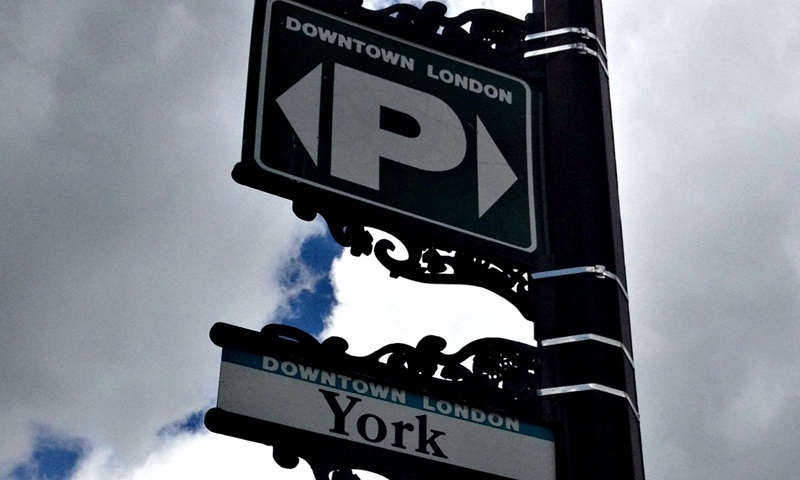Anyone who spends more than five minutes in Canada will notice something: it’s all a bit British.
Now, that’s not for everything. Canada definitely has its own personality, a proud Canadian culture and spirit that’s easy to spot right from the start. But part of that, just below the surface, is a connection to the United Kingdom that’s inescapable.
The place names are the most obvious manifestation of Canada’s British connection. I’ve just started working in a place called London. It’s a vibrant city of around 350,000 people and very different from London, England, which is a place I’ve always disliked. Sorry. It’s just too big and dirty.
Canada’s London, as its marketing people call it, is markedly different from “that London”. It’s clean and easy to navigate, for a start. But the two cities share one very important thing: place names.
As I walk around the downtown of London Ontario, being a busy and hopefully-not-too-clueless news reporter, I talk to people on Oxford Street. Then there’s Richmond Street, York Street and Waterloo Street. The main routes into the downtown are Wellington and Highbury streets. Connecting them is Exeter.
There is, of course, more. The next city down the highway is Windsor. To the north is Cambridge. There’s even a Grimsby, and apparently it’s very posh. That’s a bit of a surprise.
Switching to the Scottish connection, it gets even more fun. There’s a Perth and a North Perth. There’s a New Dundee and a New Glasgow. Insert your own sarcastic remarks here about the need for a new Glasgow. Over in Caledonia, which is a real place, there is a Glasgow Street, an Inverness Street, an Elgin Street and so on. I nearly accepted a job in Hamilton, which, having once lived in the Lanarkshire Hamilton, I can confirm is in many ways nicer than the original. The list goes on and on.
Leaving aside the issue of Aboriginal rights which is a tragic, difficult tale I don’t feel equipped to tackle yet it’s somehow heartwarming to think of those early Canadians, mostly in the 19th century, who were naming all these places and wanted to bring a little piece of Britain to the New World. I will let any readers who feel so inclined to add their own comments about British Imperialism, but I do enjoy these little relics of the people and events of Canada’s past.
Yes, there’s an important connection to France, too I drove past Paris less than an hour ago but the traces of the UK in Canada’s history help to define the place and its inhabitants.
I asked around a little when thinking about this issue and was surprised by how many people said, most sincerely, that they feel a strong connection to Britain. Loyalty to the Crown, especially in southern Ontario, was a defining characteristic for the people here and set them apart from the more rebellious North Americans to the south. I’m no royalist but I can appreciate the way people value their traditions.
So tomorrow I’ll head back to London. I’ll head down Wellington and past Highbury and continue to enjoy the connection. The people who named them got here before me, but somehow they don’t seem all that different to those of us who are fresh off the boat.
